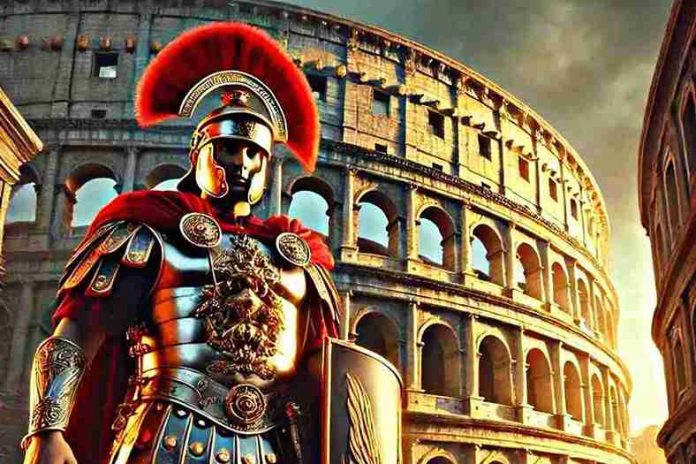The Roman Empire is one of the most influential civilizations in world history. From its humble beginnings as a small city-state to its vast imperial expanse stretching across three continents, the Roman Empire left an indelible mark on the course of history, shaping modern politics, law, architecture, engineering, and culture. Its remarkable rise and eventual fall provide valuable lessons about governance, power, and the complexities of human society.
This article delves into the history of the Roman Empire, examining its origins, rise to power, key emperors, its cultural achievements, and the factors leading to its eventual decline. Additionally, we will explore the legacy of the Roman Empire and how its influence continues to resonate in the modern world.
Origins of the Roman Empire
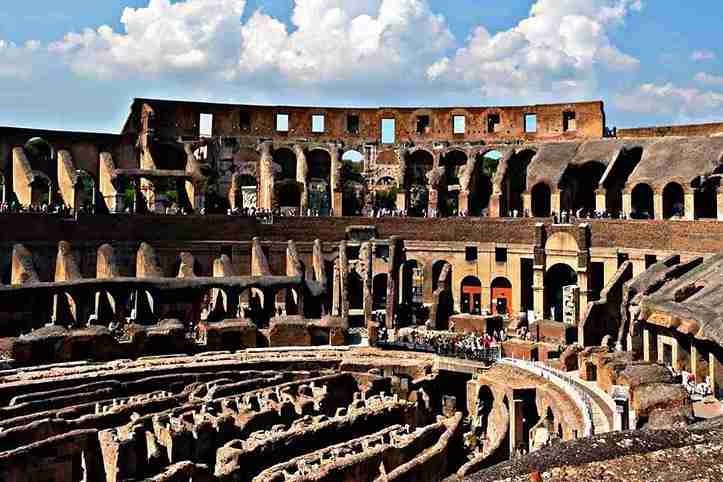
The Roman Empire had its origins in the small settlement of Rome, located on the Tiber River in central Italy. According to legend, Rome was founded in 753 BCE by Romulus and Remus, twin brothers raised by a she-wolf. However, the historical reality is more complex. Rome began as a small kingdom that was ruled by a series of kings, including the famous Tarquin the Proud, the last king of Rome. In 509 BCE, the Romans overthrew their monarchy and established a republic, a system where elected officials governed on behalf of the people.
The Roman Republic (509 BCE – 27 BCE)
The Roman Republic marked a crucial phase in the history of Rome. This period saw the development of many of the political and social structures that would later characterize the Roman Empire. The Republic was governed by a system of checks and balances, where power was distributed among elected officials, including the Senate, the Consuls, and other magistrates.
The Republic also saw the expansion of Rome through military conquest. During this time, Rome fought numerous wars, including the famous Punic Wars against the Carthaginian Empire. Rome’s victory in these wars, particularly the Second Punic War (218–201 BCE) under General Scipio Africanus, solidified its dominance in the western Mediterranean.
Rome’s expansion, however, also led to internal instability. The Republic struggled with class divisions between the Patricians (the aristocratic class) and Plebeians (common people), as well as with corruption and power struggles among military leaders. Figures such as Julius Caesar, Pompey, and Crassus rose to prominence during this turbulent period.
The Rise of Julius Caesar and the End of the Republic
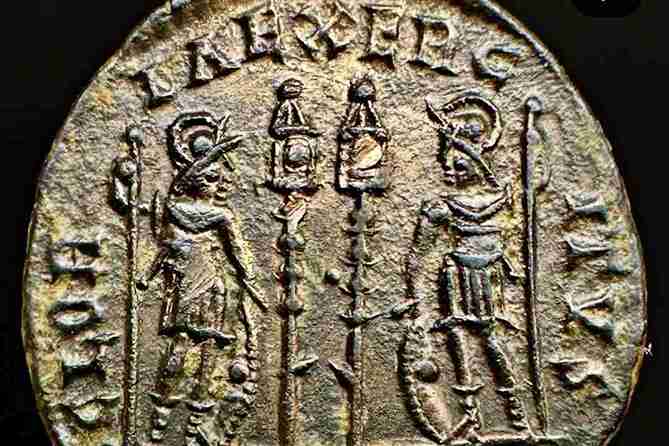
The transition from the Roman Republic to the Roman Empire is often marked by the rise of Julius Caesar. A military general and politician, Caesar expanded Rome’s territories significantly, particularly through his conquest of Gaul (modern-day France). However, his growing power alarmed many members of the Senate. In 49 BCE, Caesar famously crossed the Rubicon River with his army, a direct challenge to the authority of the Senate, leading to a civil war.
Caesar emerged victorious in the civil war, and in 44 BCE, he declared himself dictator for life, effectively ending the Republic. His reforms, which included the Julian calendar and various economic and political changes, transformed Rome. However, Caesar’s concentration of power and his assassination by a group of senators on the Ides of March (March 15, 44 BCE) left Rome in chaos.
The Formation of the Roman Empire
After Caesar’s death, Rome was once again embroiled in civil conflict. Mark Antony, Caesar’s ally, and Octavian (Caesar’s adopted son and heir) became the two main contenders for power. The rivalry between them culminated in the Battle of Actium in 31 BCE, where Octavian defeated Antony and his ally Cleopatra, Queen of Egypt. With this victory, Octavian became the undisputed ruler of Rome.
In 27 BCE, Octavian was granted the title Augustus by the Senate, marking the official start of the Roman Empire. Augustus became the first emperor of Rome, inaugurating the Pax Romana (Roman Peace), a period of relative stability and prosperity that lasted for about 200 years.
The Roman Empire: Expansion and Governance
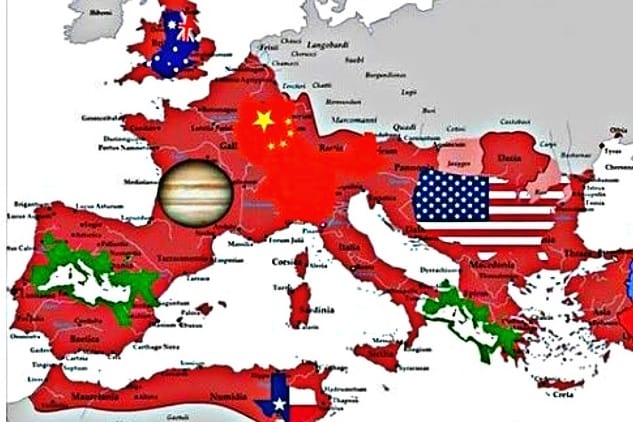
The Pax Romana: A Time of Prosperity
Under Augustus and his successors, the Roman Empire expanded to its greatest territorial extent. The Empire controlled vast territories, including modern-day Britain, Spain, France, Germany, Turkey, Greece, North Africa, and much of the Middle East. Augustus established a bureaucratic system of governance, which included regional governors, provincial capitals, and a vast network of roads and communication systems that helped maintain control over such a large empire.
The Roman Empire was not just a military entity; it was also an empire of law and administration. The Roman legal system became the foundation for many modern legal systems around the world. Concepts such as innocent until proven guilty, the right to a fair trial, and property rights all have their roots in Roman law.
Roman Culture and Achievements
The cultural achievements of the Roman Empire are vast and enduring. The Romans were great builders, engineers, and architects. They developed sophisticated infrastructure, including aqueducts, roads, public baths, and the iconic Colosseum in Rome. The Roman arches and domes are architectural innovations that continue to influence modern building designs.
Roman art, particularly in the form of sculpture and mosaics, often depicted important historical events and figures, as well as everyday life. The Romans also made significant contributions to literature, with works by writers like Virgil (author of the epic Aeneid), Horace, and Ovid continuing to be studied today.
In the field of engineering, the Romans were pioneers. The Roman road system was one of the most advanced in the ancient world, enabling efficient movement of armies, goods, and people. The Roman concrete (opus caementicium) was another revolutionary development, which allowed the construction of buildings, harbors, and aqueducts that have stood the test of time.
Roman Religion and Society
Religion in the Roman Empire was polytheistic, with a vast pantheon of gods and goddesses. Many of these deities were adopted from Greek mythology but had their own distinct Roman characteristics. The Roman gods were believed to have a direct influence on the success of the Empire, and emperors often deified themselves after death.
Over time, the spread of Christianity began to challenge traditional Roman religious practices. Initially, Christians were persecuted for refusing to worship the Roman gods and emperors. However, in 313 CE, the Emperor Constantine issued the Edict of Milan, granting religious tolerance to Christians. By the end of the 4th century, Christianity became the state religion under Emperor Theodosius I.
Decline of the Roman Empire
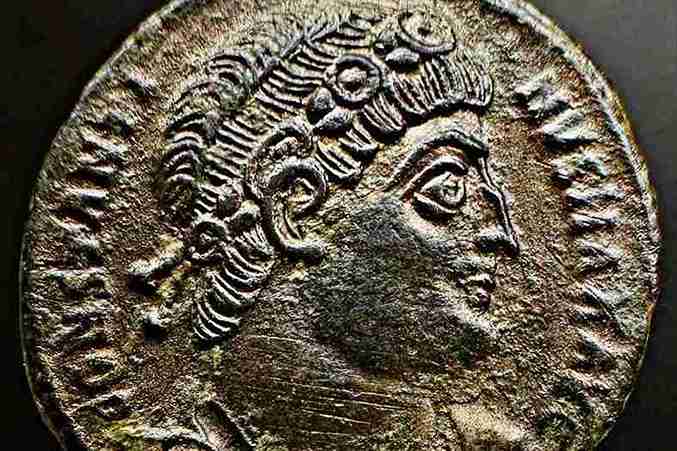
The decline of the Roman Empire is a subject of much debate among historians. While it is clear that the Empire faced significant challenges in the 3rd and 4th centuries CE, the process of decline was slow and multifaceted. Some of the key factors contributing to the fall of the Western Roman Empire include:
1. Economic Decline
The Roman economy began to weaken as resources were stretched to their limits. The constant expansion of the Empire required enormous spending on military campaigns and infrastructure. Heavy taxation, inflation, and the debasement of currency contributed to economic instability.
2. Military Problems
The Roman military, once the backbone of the Empire, became increasingly weakened due to internal strife, invasions by barbarian tribes, and reliance on mercenaries who lacked loyalty to Rome. Germanic tribes, such as the Visigoths and Vandals, began to raid Roman territories in the 4th and 5th centuries CE.
3. Political Instability
Political instability also plagued the Empire. The rapid turnover of emperors, internal power struggles, and corruption within the government weakened the Roman leadership. By the time of the Third Century Crisis (235–284 CE), the Empire was divided into multiple regions, each with its own ruler.
4. Division of the Empire
In 395 CE, the Roman Empire was formally split into two parts: the Western Roman Empire and the Eastern Roman Empire (also known as the Byzantine Empire). While the Eastern Empire continued to thrive, the Western Empire faced increasing pressures from invaders and internal turmoil. In 476 CE, the last Roman emperor of the West, Romulus Augustulus, was deposed by the Germanic chieftain Odoacer, marking the traditional end of the Western Roman Empire.
5. Barbarian Invasions
The fall of the Western Roman Empire was hastened by the invasions of barbarian tribes, including the Huns, Visigoths, Vandals, and Ostrogoths, who sacked Rome and established their own kingdoms in former Roman territories. The sack of Rome in 410 CE by the Visigoths, led by King Alaric I, was a significant blow to the Empire’s prestige and power.
Legacy of the Roman Empire
Although the Western Roman Empire fell in 476 CE, the Eastern Roman Empire (Byzantine Empire) continued to survive for nearly another thousand years until the fall of Constantinople in 1453 CE. The legacy of Rome, however, did not end there.
The Roman legal system, which laid the foundation for modern Western legal systems, remains a lasting legacy. Roman architecture, engineering, and urban planning continue to influence modern cities and infrastructure. The Latin language, the official language of the Roman Empire, has evolved into the Romance languages (Spanish, French, Italian, Portuguese, and Romanian), and Latin itself remains a critical part of academic and religious vocabulary.
Moreover, the spread of Christianity throughout the Roman Empire led to the establishment of a new cultural and religious order, which continues to shape Western civilization today.
Conclusion
The Roman Empire is one of the most significant civilizations in human history. Its rise and fall are filled with lessons about the complexities of power, governance, and cultural exchange. The achievements of Rome in fields such as architecture, law, and engineering continue to influence the world to this day. The Roman Empire’s legacy lives on through its profound impact on modern societies, cultures, and governments.

